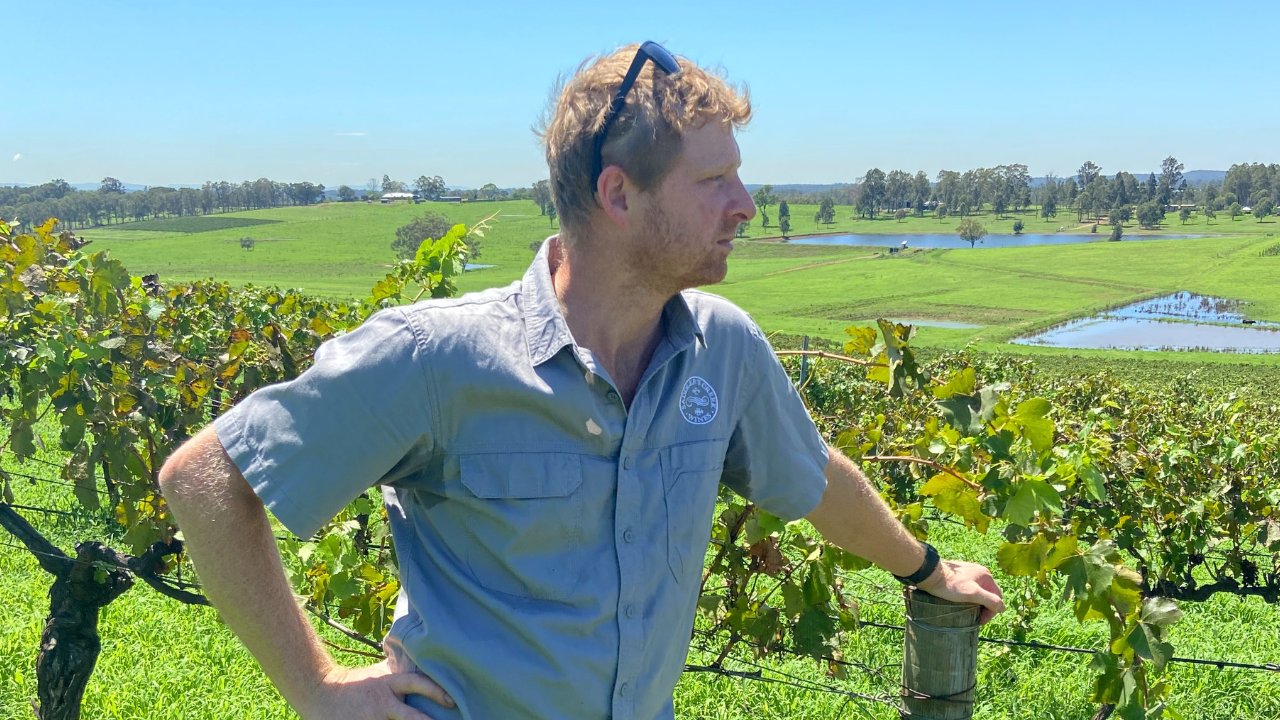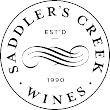How wine is made - Grape to Glass

Did you know there are ten main steps involved in crafting the humble grape into the sublime liquid in your glass?
When you next open up a bottle of wine, take a moment to swirl your glass, inhale the seductive aromas, and savour the first sip. I invite you to slow down and mindfully consider the many hands, hours of loving labour and years needed to produce the remarkable nectar inside your glass. It truly is a work of art and much patience. From the time of grape vine planting to when you get to pour that glass, can be generations in the making.
Grape Cultivation:
Wine production starts with the cultivation of the grapes. This includes selecting the right grape varieties, planting and nurturing vines, and managing vineyards throughout the growing season.
Harvesting:
Grapes are harvested at the peak of ripeness, which varies depending on the type of grape and the intended style of wine. In the Hunter Valley, we harvest once a year by hand or mechanically from January to February.
Crushing and Pressing:
Once harvested, grapes are crushed to release their juice. For white wine, the grapes are typically pressed immediately to separate the juice from the skins. For red wine, the crushed grapes are often left to macerate with the skins to extract colour and flavour compounds.
Fermentation:
The grape juice, now known as “must,” undergoes fermentation. Yeast converts the sugars in the must into alcohol and carbon dioxide. Fermentation can occur in stainless steel tanks, wooden barrels, or other fermentation vessels.
Clarification:
After fermentation, the wine may undergo clarification to remove sediment and solids. Some wines are aged in barrels or tanks to develop complexity and flavour. The duration and method of aging vary depending on the type of wine being produced.
Blending:
For some wines, multiple batches or barrels may be blended together to achieve the desired flavour profile and consistency.
Filtration and Stabilisation:
Before bottling, the wine may be filtered to remove any remaining particles or microbes and ensure the wine’s stability and longevity.
Bottling:
The wine is sent to bottling, where it is typically labelled and packaged for distribution.
Ageing:
After a wine has been packaged, it will often go into storage to allow the wine to settle before being released. It can sometimes go through bottle shock and may take 4-6 weeks for a wine to settle before releasing. At Saddler’s Creek, a bright, fresh Semillon can be ready quite soon after bottling. However, for our big reds and reserve wines, we may choose to cellar them for years before releasing them to evolve their flavour further.
Marketing:
Once the wine is ready for release, we want our visitors and Club Equus members to know about it, and this becomes the final stage of bringing these wines to your glass through tastings at Cellar Door or with our many events.
WINE MATTERS PODCAST
Hosted by Saddler’s Creek Wines owner – Wendy Laureti









